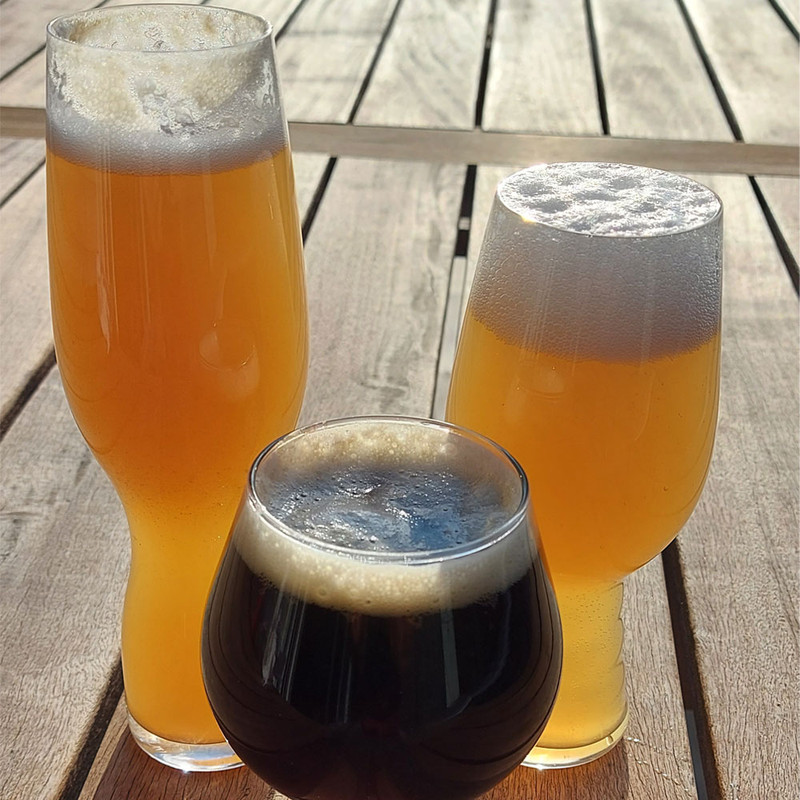Low alcohol brewing is one of the latest trends in brewing, and for good reason. Low alcohol beer is popular for people wanting to drive after a drink or two, or for those wanting the taste of a beer without the alcohol.
There is some good information (links below) out there to help show how these brews can be done, and to explain how big breweries make their low alcohol brews. However, some of those techniques are not really suitable for home brewing. Larger breweries generally use a normal brewing process and once the ferment is complete, heat the wort to evaporate the alcohol. There are a few risks involved with this method such as colour change, oxidation or loss of hop flavour.
Let’s take a look at a way of brewing low alcohol beer at home and how different it is from what you already know about brewing.
To start with, you will still need the base malts and speciality grains but you will need to reduce the amount of base malt - go with 2kg for your 21 litre batch and the normal additional speciality grains of e.g. Gladiator and light crystal at 250g of each. Throw in 300g each of rolled oats and flaked wheat and you have a nice little NEIPA there at around 0.8%. Yep, that's point eight, give or take.
These types of brews lend themselves to all in-one vessels really well with the high mash temperature of 80°C - it's that level to get the non-fermentables high. Since it has such a small grain bill, one option is to go for the no sparge method. This involves adding all the water in at the start, including a little for the boil off at the end.
One point to consider is that low alcohol beer still has body due to the long unfermentable sugar chains from the high mash temperature. It shouldn’t be overly thin and should still provide a full bodied beer. Because there is usually a reasonable amount of unfermented sugar, be careful if bottling as it wouldn’t take much wild yeast to get to work on those sugars and result in exploding bottles. For this reason, kegging is a much better option, and gives you more control over carbonation. It’s not a beer to age though, and less likely to remain stable over time as there is less natural preservative (in the form of alcohol). This is why I keep mine to around 0.8% to strike a balance.
For the kettle brewers out there, I would use a large grain bag in the boil kettle and follow the brew-in-a-bag method. Keep the grains in the bag loose while in the water and the efficiency will be fine with a couple of kilos in 21 odd litres of 80°C water. Depending on the brewing software you use when you are building the brew, your favourite app might not recognise the high mash temperature and could give you a higher alcohol reading; so go with the hydrometer from the original and final gravity for actual results. This is a short ferment so it can be done in a weekend – brew, for example, early Saturday morning, dry hop that afternoon and cold crash Sunday afternoon. Another bonus with a weekend turn around!
Be selective with the yeast you use as it is not just a case of throwing in any yeast. Check out the Lallemand link below or even White labs for their options too when building this beer.
That’s a very brief introduction to low alcohol brewing. I have brewed a few of these beers and everyone has enjoyed them as much as any other beer, so they do have a place in the kegerator like any other style. Have fun with it.
Gavon

